Data
Type of resources
Available actions
Topics
Keywords
Contact for the resource
Provided by
Years
Formats
Representation types
Update frequencies
Service types
Scale
-

This service is the BGS contribution to the OneGeology project, providing UK onshore bedrock geological data at 1:625 000 scale. This map data is collected as part of an ongoing BGS project: Digital Geological Map of Great Britain (DiGMapGB). GeoServer software is used to provide this WFS service.
-

This INSPIRE network service provides an Atom feed of predefined datasets that are available for download.
-
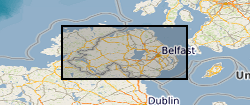
The data shows superficial polygons, bedrock polygons and fault linear geological information, sourced from published Geological Survey of Northern Ireland 1:250 000 scale maps - superficial (Quaternary 1991) and bedrock (Solid 1997). Full Northern Ireland coverage is available (Bedrock extends west into RI). The data is available in vector format. BGS licensing terms and conditions apply to external use of the data. New version available: 1:250K Geological Maps of Northern Ireland version 2
-

"Blue sheets" or more recently "sample collecting forms" are completed when palaeontological specimens or samples are collected during field work. They contain all the known geographical and geological details relating to the specimens/samples and thus form the primary information to all palaeontological & biostratigraphical data sets. The oldest blue sheet dates to 1879.
-

The data is a simplified version of DiGMap for use on the web and for smart applications such as iGeology. Sourced from 1:50000 DiGMapGB-50 Version 6 where available.The attributes therefore include both superficial and bedrock plus their source. The geology is fitted to a relevant topographic base at the time of production. Near full Great Britain coverage is available. The data is available in vector format. BGS licensing terms and conditions apply to external use of the data.
-
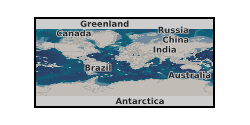
Data from the DiGMap covering the whole of the United Kingdom at a scale of 1:625 000 is available in this OGC WMS service for personal, non-commercial use only. The service is a contribution to the OneGeology-Europe initiative. The layers can be displayed either by age or by lithology. For more information about the digital maps available from the British Geological Survey, please visit https://www.bgs.ac.uk/geological-data/.
-
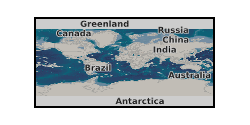
Data from the DiGMap covering the whole of the United Kingdom at a scale of 1:625 000 is available in this OGC WMS service for personal, non-commercial use only. The service is a contribution to the OneGeology-Europe initiative. The layers can be displayed either by age or by lithology. For more information about the digital maps available from the British Geological Survey, please visit https://www.bgs.ac.uk/datasets/bgs-geology/
-
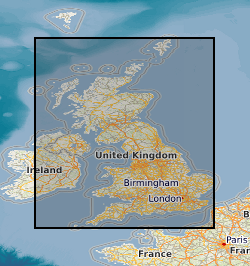
Data identifies landscape areas (shown as polygons) attributed with type of artificial or man-made ground. It indicates areas where the ground surface has been significantly modified by human activity. Limited coverage within Great Britain, data exists for 167 10x10km tiles. Most primary geological mapping was carried out at 1:10 000 scale but in some areas of Wales and Scotland mapping at 1:25 000 was adopted as the norm including areas with complex geology or in some areas of classic geology. Types of artificial ground include: Disturbed ground areas of ill-defined shallow or near surface mineral workings where distinction cannot be made between made and worked ground. Infilled ground areas where original geology has been removed and then wholly or partially back filled includes waste or landfill sites. Made ground man made features including embankments and spoil heaps. Worked ground areas where ground has been removed including quarries and road cuttings. Whilst artificial ground may not be considered as part of the 'real geology' of bedrock and superficial deposits it does affect them. Artificial ground impacts on the near surface ground conditions which are important to human activities and economic development. Due to the shifting nature of land use and re-use caution must be exercised when using this data as it represents a snapshot in time rather than an evolving picture hence the data may become dated very rapidly. The data are available in vector format (containing the geometry of each feature linked to a database record describing their attributes) as ESRI shapefiles and are available under BGS data licence. Another batch of tiles was added to the data in 2012 to bring the total to 167 for this version 2 release.
-
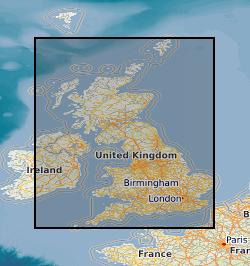
Data identifying landscape areas (shown as polygons) attributed with geological names. The scale of the data is 1:25 000 scale. Onshore coverage is partial and BGS has no intention to create a national coverage at this scale. Areas covered are essentially special areas of 'classic' geology and include Llandovery (central Wales), Coniston (Lake District) and Cuillan Hills (Isle of Skye). Mass movement describes areas where deposits have moved down slope under gravity to form landslips. These landslips can affect bedrock, superficial or artificial ground. Another batch of tiles was added to the data in 2012 to bring the total to 167 for this version 2 release. Mass movement deposits are described in the BGS Rock Classification Scheme Volume 4. However the data also includes foundered strata, where ground has collapsed due to subsidence (this is not described in the Rock Classification Scheme). Caution should be exercised with this data; whilst mass movement events are recorded in the data due to the dynamic nature of occurrence significant changes may have occurred since the data was released. The data should therefore be regarded as a snapshot in time (as at 2008). The data are available in vector format (containing the geometry of each feature linked to a database record describing their attributes) as ESRI shapefiles and are available under BGS data licence. Another batch of tiles was added to the data in 2012 to bring the total to 167 for this version 2 release.
-
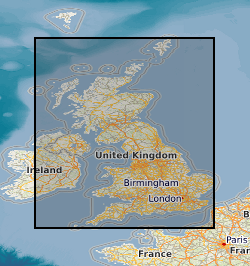
Data identifying landscape areas (shown as polygons) attributed with type of mass movement e.g. landslip. The scale of the data is 1:50 000 scale. Onshore coverage is provided for all of England, Wales, Scotland and the Isle of Man. Mass movement describes areas where deposits have moved down slope under gravity to form landslips. These landslips can affect bedrock, superficial or artificial ground. Mass movement deposits are described in the BGS Rock Classification Scheme Volume 4. However the data also includes foundered strata, where ground has collapsed due to subsidence (this is not described in the Rock Classification Scheme). Caution should be exercised with this data; historically BGS has not always recorded mass movement events and due to the dynamic nature of occurrence significant changes may have occurred since the data was released. The data are available in vector format (containing the geometry of each feature linked to a database record describing their attributes) as ESRI shapefiles and are available under BGS data licence.
 NERC Data Catalogue Service
NERC Data Catalogue Service